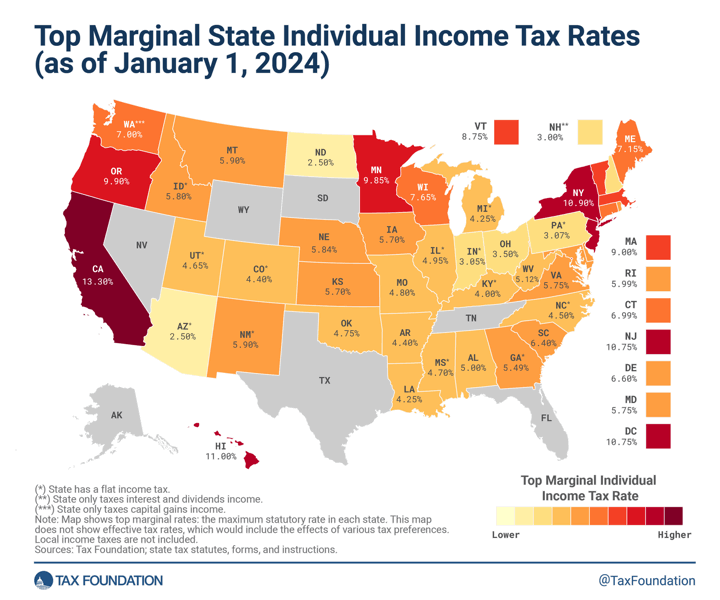Contributors: Dr Tan Chih Kiang, Consultant Clinical Oncologist from Thomson Hospital Kota Damansara / Dr Araya Adulbhan, Medical Oncologist, National Cancer Institute of Thailand/ Shahad Safaa, Global Head of Access Solutions, Axios International The demand for better-quality healthcare is rising. […] The post Healthcare Affordability Is No Longer Just a “Low-Income” Issue appeared first on Healthcare Asia Daily News - Asia's Leading News and Information Source on Healthcare and Medical Industry, Medical Technology, Healthcare Business and R&D, Healthcare Events. Online since 2010.

Ms Shahad Safaa – Global Head of Access Solutions
Contributors: Dr Tan Chih Kiang, Consultant Clinical Oncologist from Thomson Hospital Kota Damansara / Dr Araya Adulbhan, Medical Oncologist, National Cancer Institute of Thailand/ Shahad Safaa, Global Head of Access Solutions, Axios International
The demand for better-quality healthcare is rising. In Southeast Asia, access to quality healthcare may be improving, but at a cost. Healthcare expenses continue to soar beyond affordability. This issue affects not only low-income groups but also the growing middle class, which has more than doubled since 2010. [1].
In Thailand and Malaysia for example, the rising middle-income population has brought with it heightened expectations for healthcare services. Patients often seek higher quality care through private clinics and hospitals, access to better facilities, shorter waiting times, and more personalised treatment [2]. But patients are not always prepared for the cost for their full course of treatment.

Dr Tan Chih Kiang – Consultant Clinical Oncologist
Dr Tan Chih Kiang, Consultant Clinical Oncologist from Thomson Hospital Kota Damansara in Kuala Lumpur, Malaysia, says, “According to Cancer Research Malaysia (CRM), breast cancer survival rates in Malaysia show a stark disparity: over 90% for high-income patients compared to less than 65% for low-income patients [3]. While factors such as education, access to screenings, and early detection play a role, the primary reason for this gap is that affluent patients are more likely to have health insurance or the financial means to access better healthcare and the newer, often more expensive targeted therapies.”
Like most Southeast Asian countries,the healthcare systems in Malaysia and Thailand consist of government-run public healthcare systems and private healthcare providers. “While the range of cancer therapies and services provided by the government healthcare system have improved considerably since its inception, they are still limited by the available budget. The health system covers basic screening, radiology, and some chemotherapy but rarely any of the newer treatments such as targeted therapy and immunotherapy, which are often necessary to treat patients presenting with late-stage or rare cancers,” shares Dr Araya Adulbhan, a medical oncologist working in a public hospital in Bangkok, who also works at the National Cancer Institute of Thailand.

Dr Araya Adulbhan – Medical Oncologist
As the need for personalized healthcare grows, public healthcare systems in both Malaysia [4] and Thailand [5] often face high demand, routine congestion, long wait lists, chronic widespread delays along with persistent shortages in healthcare specialists and healthcare supplies.
This has created more opportunities for private healthcare specialist consultants and general practitioners (GP) to serve the middle-class population, but the costs can be prohibitive. Routine visits to clinics with complex procedures, medication, and ongoing care are also expensive, potentially putting middle-income families at risk of financial hardship [6].
Out-of-pocket medical expenses burden middle-income and affluent individuals
Affordability remains a significant issue even for middle-income and affluent individuals. While theyare more likely to have insurance than low-income groups, their coverage is often inadequate when faced with high costs of long-term care forchronic diseases, especially for cancer.
High deductibles, co-payments, and exclusions for specific treatments or pre-existing conditions, create financial burdens leaving many struggling with substantial out-of-pocket expenses despite being insured [7].
“Most patients, especially those in their 60s and 70s are uninsured or have insurance policies that have not been updated in the last 20 or 30 years to cover newer more effective treatments for chronic diseases. While the coverage seemed more than adequate at the time of purchase, the rising costs of healthcare, particularly of cancer treatment, in the last few years, have made these policies severely inadequate in covering their medical bills,” says Dr Tan.
Healthcare costs can take a toll on savings and mental health
High healthcare costs can deplete savings, increase debt, and force families to cut back on or forego essentials such as education, housing, food and other living expenses.
This can also take a toll on mental health, creating a cycle where stress worsens health issues, leading to even higher costs. According to the World Health Organization, self-funded healthcare expenses drive millions into poverty annually, leaving families without adequate coverage in a precarious position [8].
Solutions are at hand
With more patients paying out of pocket, reducing financial burdens sustainably remains essential. Innovative access strategies and initiatives can improve affordability. Sustainable solutions require collaboration among public and private healthcare providers, pharmaceutical companies, and patients.
“Being able to access treatments without delay makes a significant impact on the patient’s prognosis and treatment outcomes,” according to Shahad Safaa, Global Head of Access Solutions at Axios International, adding, “Through collaborative Patient Access Programs (PAPs), Axios International ensures patients’ access to medications, diagnostic services, and targeted therapies, at a price they can afford, and without overwhelming upfront costs. “
She explained that many patients may not have access to funds for big upfront payments butmay be able to afford the cost of treatment if they are spread out over their full course of treatment.
She proposed Axios’s Access programs with On-Time Access (OTA), allowing patients to pay what they can afford upfront and start treatment without delay.
As global healthcare costs rise, access companies can help ease financial burdens. However, preventing illness through healthy habits, a proper diet, exercise, and regular checkups remains the best approach.
References:
1. Galan, S. 2025. Forecast of the global middle-class population 2015-2030. Statista. Accessed 3 February 2025.
https://www.statista.com/statistics/255591/forecast-on-the-worldwide-middle-class-population-by-region/
2. Sharma, M., & Rawat, D. 2023. Reasons for choice of private hospitals by patients: A descriptive study. Journal of Informatics Education and Research, 3(2): 7-13. https://doi.org/10.52783/jier.v3i2.51https://jier.org/index.php/journal/article/download/51/59
3. Zainuddin, A. 2021. Breast cancer survival 25% higher for rich than poor patients. CodeBlue. Accessed 4 February 2025. https://codeblue.galencentre.org/2021/10/breast-cancer-survival-25-higher-for-rich-than-poor-patients/
4. Thomas, S., Beh, L., & Nordin, R. B. 2011. Health care delivery in Malaysia: Changes, challenges, and champions. Journal of Public Health in Africa, 2(2): e23.
https://www.ncbi.nlm.nih.gov/pmc/articles/PMC5345496/
5. Jongudomsuk, P., Srithamrongsawat, S., Patcharanarumol, W., Limwattananon, S., Pannarunothai, S., Vapatanavong, P., Sawaengdee, K., Fahamnuaypol, P., Bundhamcharoen, K., Kunpeuk, W., Viriyathorn, S., Chotchoungchatchai, S., Lekagul, A., & Yothasamut, J. 2024. Thailand health system review. Health Systems in Transition, 13(1). Edited by V. Tangcharoensathien.
https://iris.who.int/bitstream/handle/10665/376912/9789290620457-eng.pdf?sequence=1
6. Hanson, K., Brikci, N., Erlangga, D., Alebachew, A., De Allegri, M., Balabanova, D., Blecher, M., Cashin, C., Esperato, A., Hipgrave, D., Kalisa, I., Kurowski, C., Meng, Q., Morgan, D., Mtei, G., Nolte, E., Onoka, C., Powell-Jackson, T., Roland, M., … Wurie, H. 2022. The Lancet Global Health Commission on financing primary health care: Putting people at the centre. The Lancet Global Health, 10(5): e715–e772. https://pmc.ncbi.nlm.nih.gov/articles/PMC9005653/
7. Balqis-Ali, N. Z., Anis-Syakira, J., Fun, W. H., &Sararaks, S. 2021. Private Health Insurance in Malaysia: Who Is Left Behind?. Asia-Pacific journal of public health, 33(8): 861–869.
https://www.ncbi.nlm.nih.gov/pmc/articles/PMC8592113/
8. World Health Organisation. 2023. Universal Health Coverage (UHC). Accessed 3 February 2025.
https://www.who.int/news-room/fact-sheets/detail/universal-health-coverage-(uhc)
The post Healthcare Affordability Is No Longer Just a “Low-Income” Issue appeared first on Healthcare Asia Daily News - Asia's Leading News and Information Source on Healthcare and Medical Industry, Medical Technology, Healthcare Business and R&D, Healthcare Events. Online since 2010.










